A good friend of Quirky Berkeley suggested a few weeks ago that I visit some of the more long-standing businesses in Berkeley. OH (their initials) had a specific suggestion – businesses that have been operating for at least 50 years. And, OH had an even more very specific suggestion of where to start – Al Lasher’s Electronics.
Oh – I know – mission creep, the expansion of a project or mission beyond its original goals, often after initial successes. Mission creep or not, I thought that the OH idea was a good one and that a pilot project was appropriate. It’s not as if I haven’t posted about businesses – the remote control airplane models suspended from the ceiling at Ken Shapiro’s Precision Peoples Repair and Steven Papai’s old typewriters and office equipment at Automatic Response come to mind.
Today I am taking a step farther – not much quirky per se at Lasher’s, but the sum of the parts – definitely quirky. This is part of what I love about our dear old Berkeley, the somewhat quirky businesses. Why not? You can let me know what you think of the pilot.
In a word, it was a spectacular idea and a spectacular visit. This is a good post for a reminder – if you click on the photos, most will zoom out to full screen. Some of the photos SCREAM for full screen.
Al Lasher opened the store at 1734 University Avenue in 1960.
Before World War II, Lasher worked in a radio shop at 66th and Shattuck, just inside Oakland. The space is currently home to Jumpin’ Java – owned by Mike Dawoud, patron of the arts, home to a huge collection of Mark Bulwinkle art and occasional shows. The show opening August 5th features Debbie Vinograd, written about here recently.
Back to Lasher though. He enlisted in the Navy for the war. After the war he worked for others until 1960. The store website describes his work during those years: “Al had previously worked for Pacific Radio Supply, calling on T.V. and radio dealers, stocking their shelves right out of the back of his station wagon. As Pacific Radio began moving into HiFi, Al decided to open a radio shop of his own, in Berkeley, as a branch of a friendly competitor, Styles and Engleman. Six months later, because the store wasn’t doing as well as he had hoped, Al purchased the stock and reopened as Al Lasher’s Dealer Electronics.”
A neighbor told Lasher that the space had once been in indoor miniature golf course with a mezzanine from which spectators could watch. This neighbor said that there once had been 22 (a precise number!) miniature golf courses in Berkeley. Oh to have seen this one!
As may be seen in the ghost sign near the roof line, the building once housed the Edison Electrical School.
In the 1950s, one of the tenants upstairs was The Civil Rights Congress.
The Civil Rights Congress (CRC) was founded in 1946 by a merger of several other organizations. Its politics were hard left, and it was deemed to be subversive and communist by the government almost from the start.
The major activity undertaken by CRC and its leader, William Patterson, was to submit a petition to the United Nations in 1951 entitled The Historic Petition to the United Nations for Relief from a Crime of the United States Government Against the Negro People.
The premise was genocide: “We maintain, therefore, that the oppressed Negro citizens of the United States, segregated, discriminated against and long the target of violence, suffer from genocide as the result of the consistent, conscious, unified, policies of every branch of government.” Surprise: the United Nations did not act on the petition,
The federal government engaged in surveillance of the Civil Rights Congress.
Jessica Mitford (referred to here as Decca Treuhaft) was noted to be a frequent visitor to the Civil Rights Congess in Berkeley.
Mitford was a muck-raking, trouble-making, hell-raising, feather-ruffling, gad flying leftist. She scared them to the bones.
On the opposite end of things, Venture Capitalist extraordinaire Thomas Perkins had an early office of his ultimately wildly successful University Labs in the building.
Back to Lasher.
Lasher’s was originally for the wholesale trade only. Business boomed, with as many as ten employees at times.
In the 1970s, Al’s children got involved with the store. Lots of tubes in that bottom photo. Ellen says that it wasn’t uncommon to send 50 tubes a day out for repair.
Al retired in 1987, age 71.
Son Bob and daughter Ellen took over.
I asked Bob when he started working in the store. “When I was tall enough to see over the counter.”
The store phones are old rotary phones. They work when the power is out.
The currency pinned up behind the counter is customer-driven. If they don’t see the currency of their native country, they donate a bill.
Customer service!
When we visited, there was a steady stream of customers with Very Specific and Very Diverse electronic needs. Their needs are met. What they seek is found.There are many thousands, probably hundreds of thousands, of parts and pieces of equipment for sale. The grasp of electronics past and present and the encyclopedic knowledge of the store required pass my understanding.
John Storey asked how often they test tubes. Almost every day, at least once.
I do love the handmade, hand-lettered parts compartments. Really good!
The Lashers report that musicians and artists are their biggest customers. One big reason – EL (electroluminescent) wire. It is is a thin copper wire coated in a phosphor which glows when an alternating current is applied to it.
A hand-lettered sign points to the EL wire display with a prominent mention of Burning Man. It is a perfect Burning Man material.
A smaller room on the east end of the store is home for radio stuff and a part of Bob’s antique radio collection.
It is my understanding that most of the collection is at home.
The steady flow of customers didn’t slow down. We could have wandered a lot longer looking at the parts and the signs and the equipment, seen by us at least not for what they do but for what they look like. We could have asked many more questions. We didn’t.
When we started our farewells, Ellen took me outside to the locked door of the radio room. The map shows Berkeley businesses in 1985. Most are gone.
“We are a dying breed” she said.
That’s the point. That’s the problem.
Lasher’s is family-owned. They focus on substance, not form. They know many of their customers and care about them all. They know their inventory inside out, frontwards and backwards, up and down, over and under. History means something to them. Berkeley means something to them. They repair instead of replacing. They are the antithesis of our throwaway culture.
Yes, I suppose, a dying breed.
“Your friend OH had a good idea there” said my friend. “I bet I can find the wire block terminals for my crossover and some speaker binding posts.”
Fine, I said I’d drive him over. First I need to write a short note to OH saying thanks, it was a brilliant idea. Maybe the idea sounded crazy or felt crazy. It wasn’t. Quirky Berkeley is better for this idea. I’ll try this again – soon. Mission creep be damned!
And, of course, I need my friend’s take on this post.





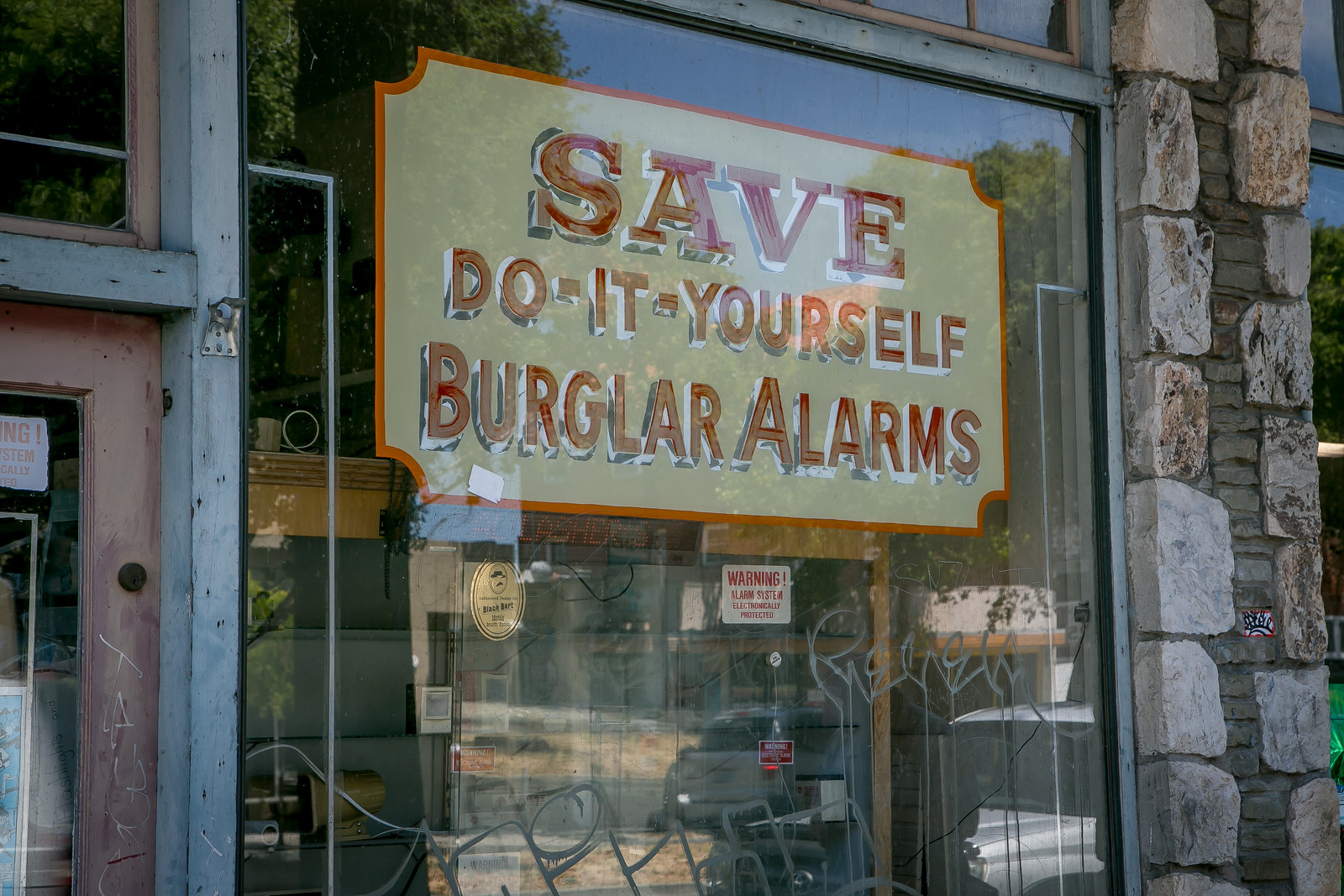



































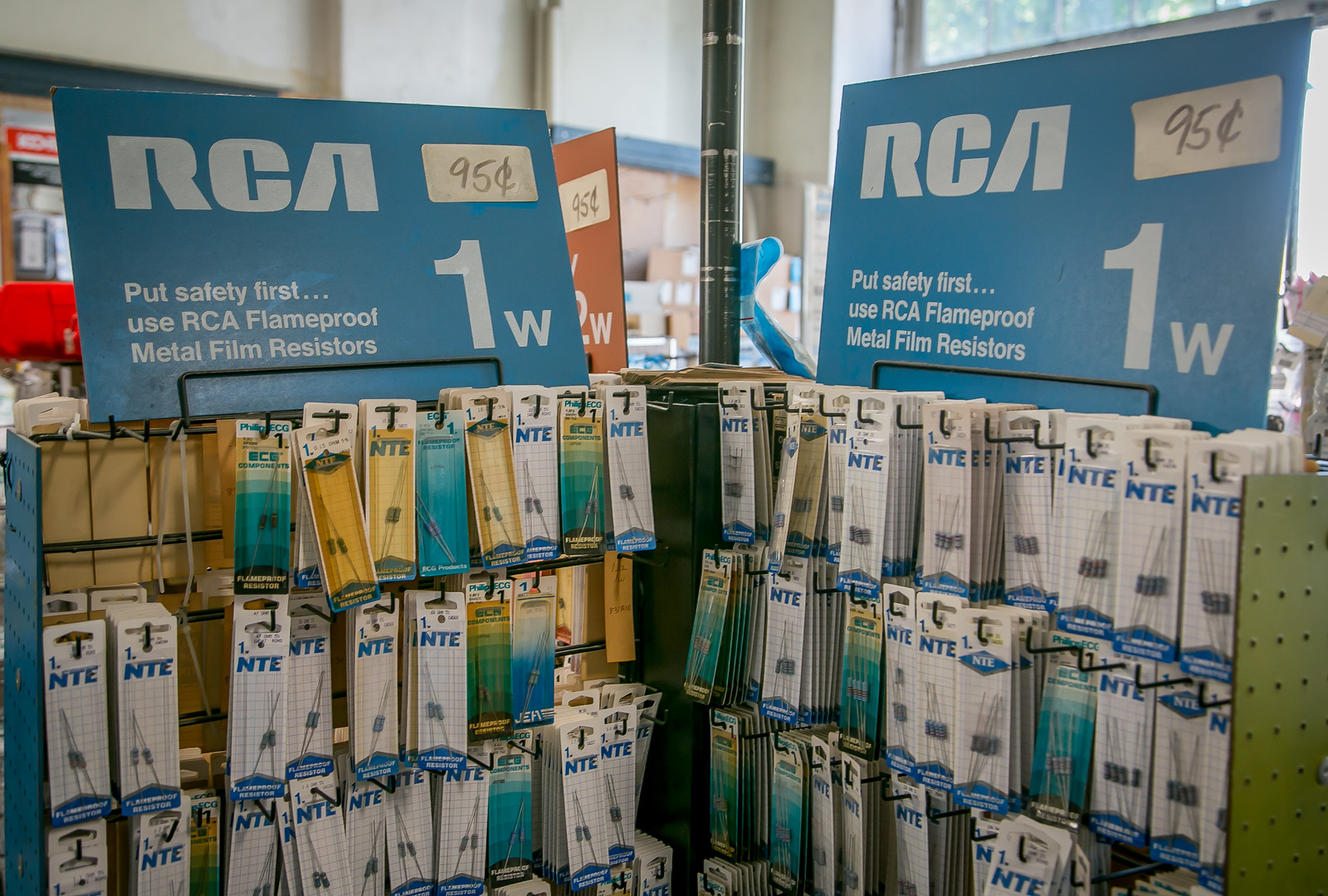
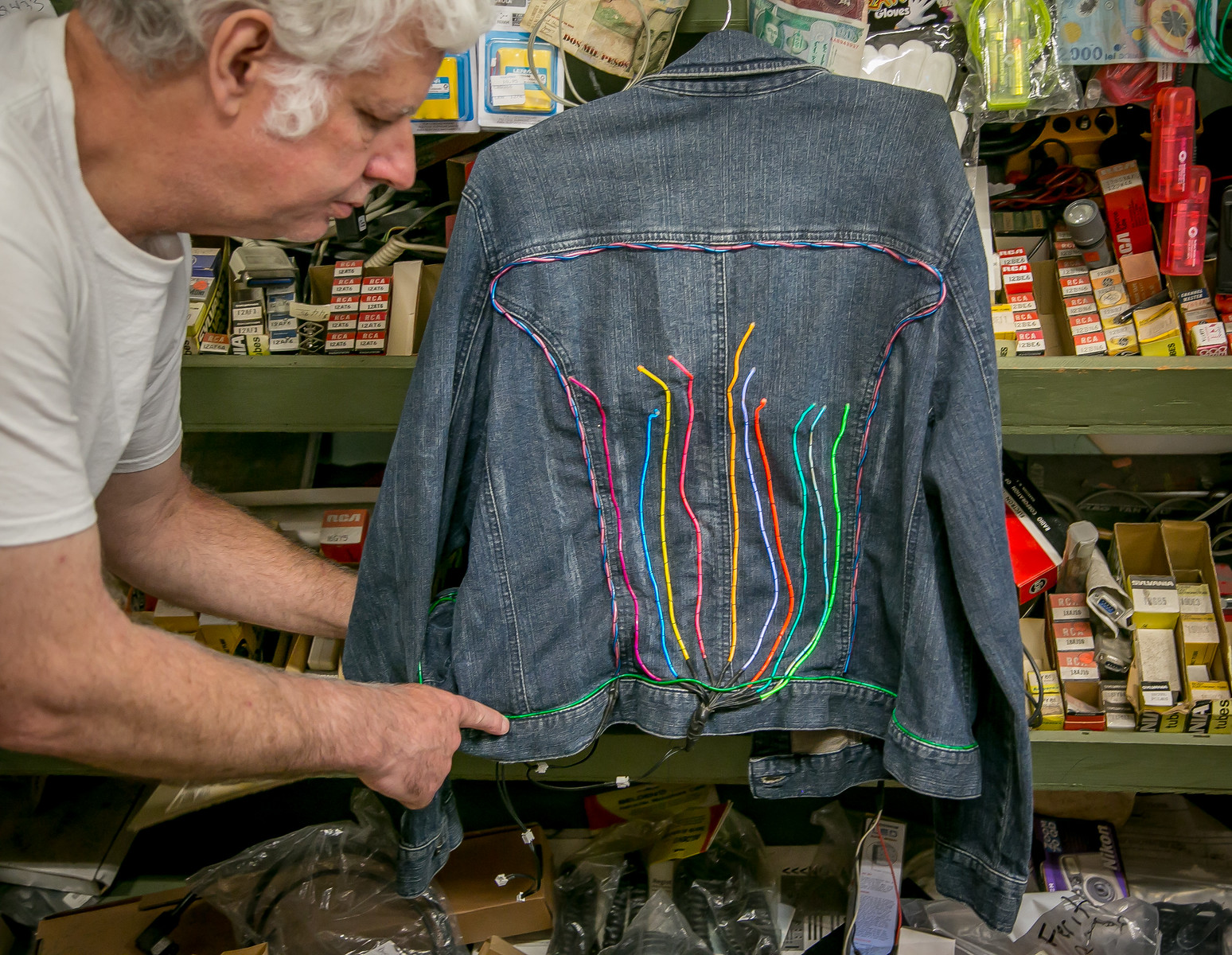


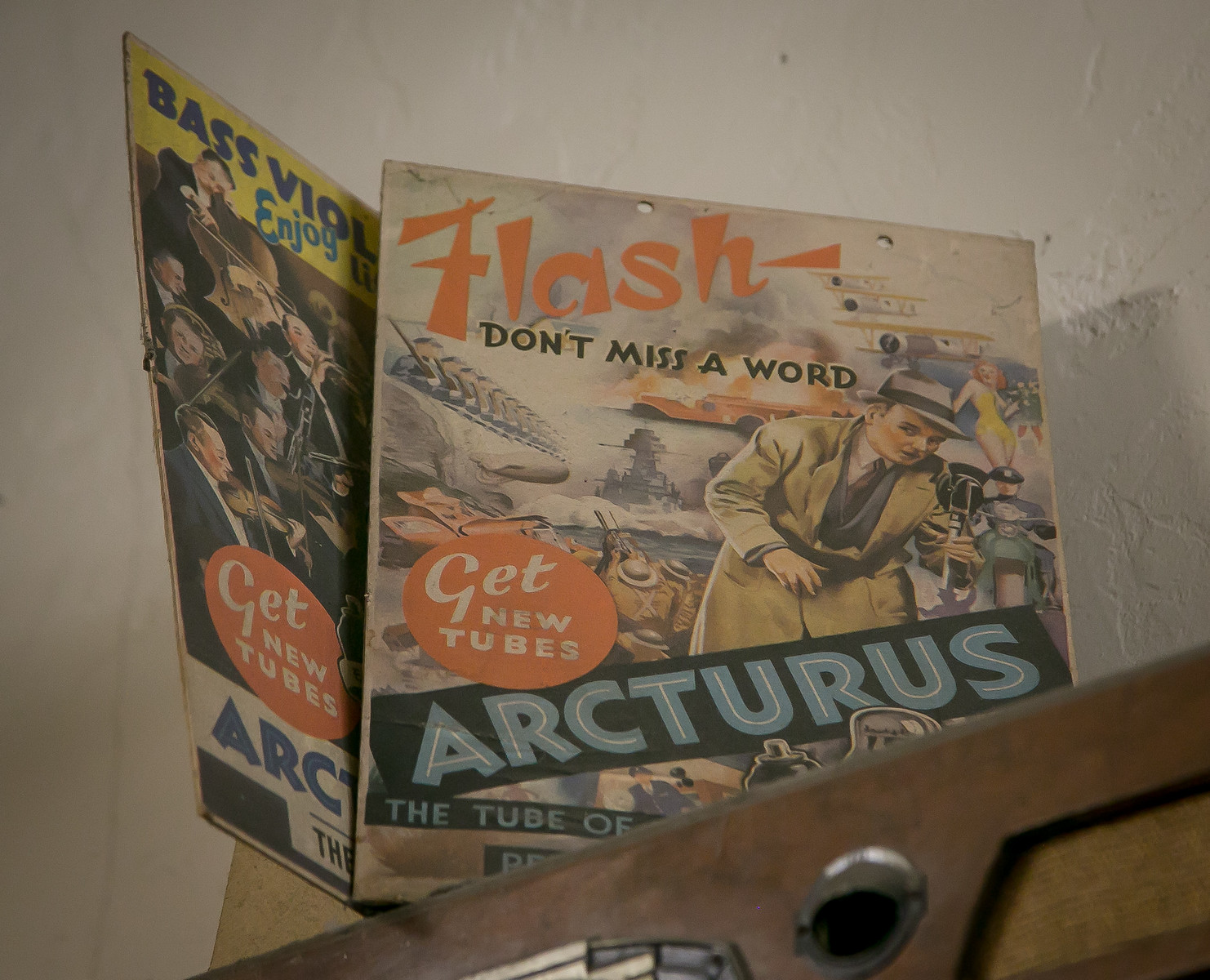





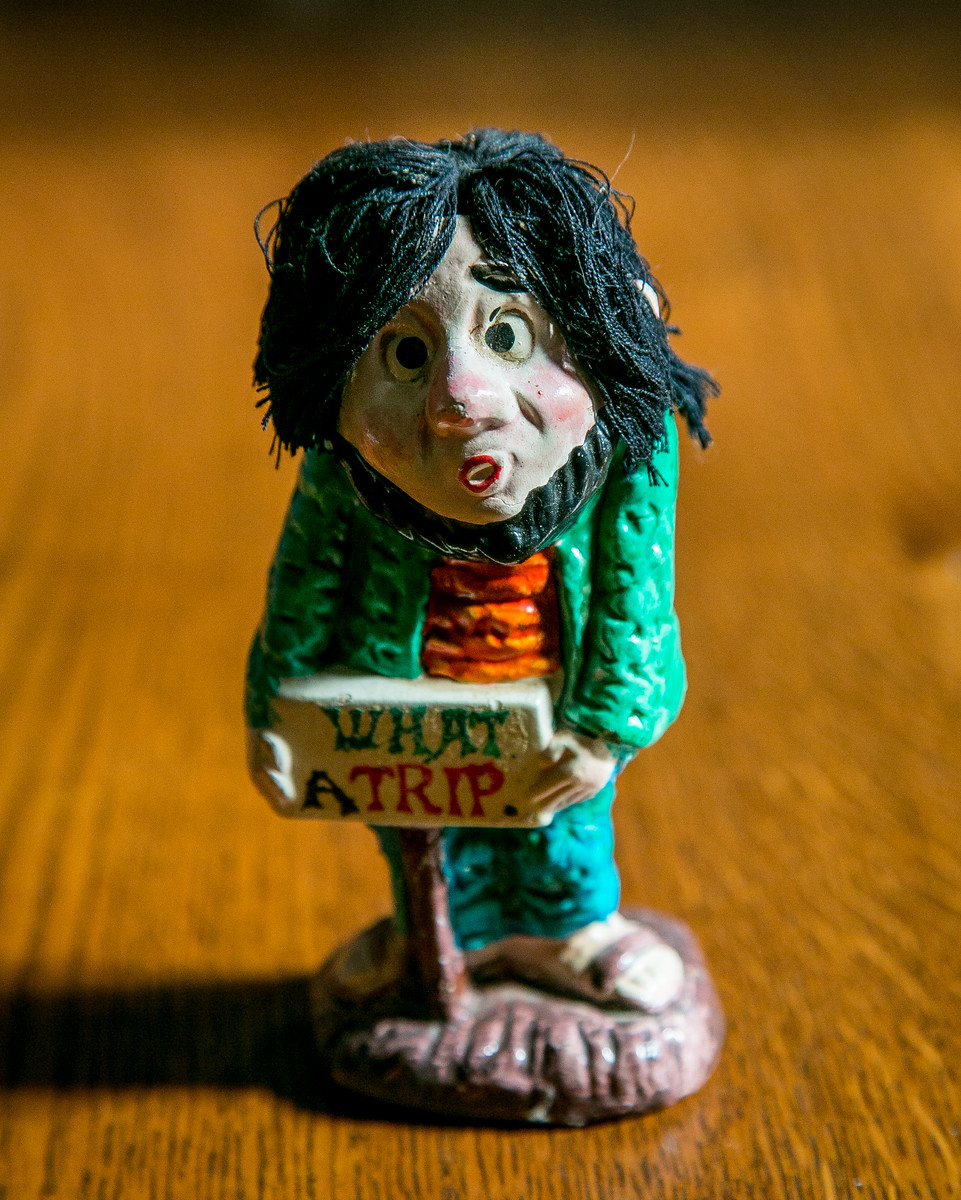
A great article about a great family. Ellen and I went to school together. It’s great to see this
Wonderful post, OH & Tom. I love it when your mission creeps.
Fabulous! Another winner Tom.
Thanks for the write-up. I’ve been going there since the 70’s! Is there a third generation to continue?
I think not.